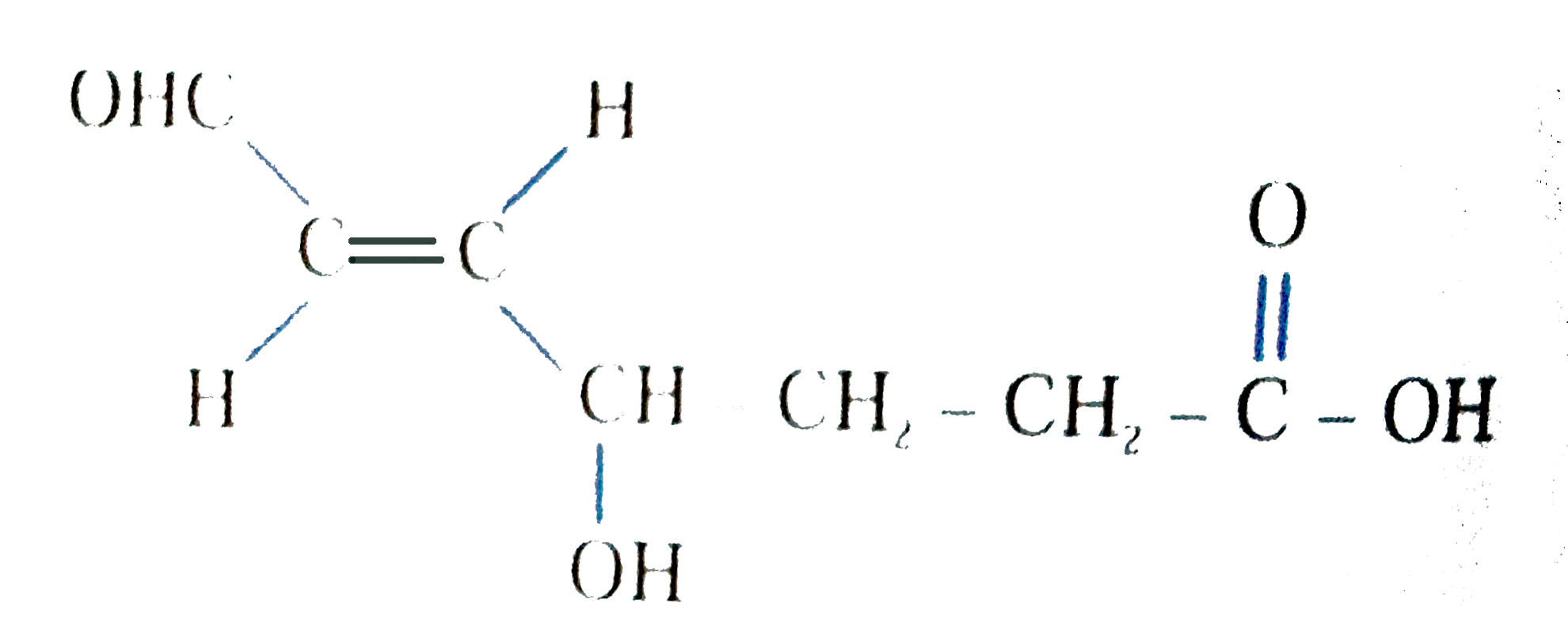In the reaction
BrO−3(aq)+5Br−(aq)+6H+→3Br2(1)+3H2O(1)
The rate of appearance of bromine (Br2) is related to rate of disapperance of bromide ions as folllwoing :
d[Br2]dt=−53d[Br−]dt
d[Br2]dt=53d[Br−]dt
d[Br2]dt=35d[Br−]dt
d[Br2]dt=−35d[Br−]dt
The correct Answer is:D
13d[Br2]dt=−15d[Br−]dt
Topper's Solved these Questions
- CHEMICAL KINETICS Book:NARAYNAChapter:CHEMICAL KINETICS Exercise:EXERCISE -4
Explore 30 Videos
- CHEMICAL KINETICS Book:NARAYNAChapter:CHEMICAL KINETICS Exercise:EXERCISE -2 (H.W) COLLISION THEORY
Explore 7 Videos
- CARBOXYLIC ACIDBook:NARAYNAChapter:CARBOXYLIC ACIDExercise:All Questions
Explore 288 Videos
- CHEMISTRY IN EVERYDAY LIFEBook:NARAYNAChapter:CHEMISTRY IN EVERYDAY LIFEExercise:ASSERTION & REASON TYPE QUESTIONS
Explore 10 Videos
Similar Questions
The role of a catalyst is to change
View SolutionThe reaction A→C has activation energy for the forward and the backward reaction has 25 kJ and 32 KJ respectively. The ΔH for the reaction is
View SolutionProvide IUPAC name of the compound given below.

View Solution(A) Analgesics bring down body temperature during high fever.
(R ) Tetracyclin is a tranquillizer.
View SolutionIn the reaction BrO^(-3)(aq) + 5Br^(-) (aq) + 6H^(+) rarr 3Br_(2)(1) + 3H_(2)O(1) The rate of appearance of bromine (Br_(2)) is related to rate of disapperance of bromide ions as folllwoing :
View SolutionIn the reaction BrO_(3)^(-) (aq) + 5 Br^(-) (aq) + 6 H^(+) to 3 Br_(2) (l) + 3H_(2)O (l) The rate of appearing of bromine (Br_(2)) is related to rate of disappearance of bromide ions as following
View SolutionConsider the following reaction in aqueous solution
5Br−(aq)+BrO−3(aq)+6H+(aq)→3Br2(aq)+3H2O(l)
If the rate of appearance of Br2 at a particular time during the reaction is 0.025Msec−1, what is the rate of disappearance (in Msec−1) of Br− at that time?
View Solutionअभिक्रिया
BrO3(aq)−+5Br−(aq)+6H+→3Br2(l)+3H2Ol में, ब्रोमीन (Br2) के प्रगटीकरण की दर, ब्रोमाइड आयनों के लुप्त होने की दर से निम्न प्रकार सम्बन्धित है
View SolutionIn the reaction
BrO−3(aq)+5Br−(aq)+6H+→3Br2(1)+3H2O(1)
The rate of appearance of bromine (Br2) is related to rate of disapperance of bromide ions as folllwoing :
View Solutionअभिक्रिया BrO−3(aq)+5Br−(aq)+6H+→3Br2(l)+3H2O(l) में, ब्रोमीन (Br2) के प्रगटीकरण की दर, ब्रोमाइड आयनों के लुप्त होने की दर से निम्न प्रकार संबंधित है
View Solutionनिम्नलिखित अभिक्रिया में रेखांकित उत्पाद के निर्माण की दर रेखांकित अभिकारक की विलुप्त होने की दर से किस प्रकार संबंधित है BrO−3–––––––(aq)+5Br−1(aq)+6H+(aq)→3Br2––––––(l)+3H2O(aq)
View SolutionIn the reaction
BrO−3(aq)+5Br−+6H+→3Br2+3H2O
the rate of appearance of bromine is related to the rate of disappearance of bromide ions as :
View Solutionअभिक्रिया BrO−3(aq)+5Br−(aq)+6H+→3Br2(l)+3H2O(l) में, ब्रोमीन (Br2) के प्रगटीकरण की दर, ब्रोमाइड आयनों के लुप्त होने की दर से निम्न प्रकार संबंधित है
View SolutionIn the following reaction, how is the rate of appearance of the underline product related to the rate of disappearance of the underlined reactant?
BrO−3(aq)+5Br−–––––––(aq)+6H+(aq)→3Br2––––––(1)+3H2O(1)
View SolutionIn the reaction BrO_(3).^(-)(aq)+5Br^(-)(aq)+6H^(+) to 3Br_(2)(l)+3H_(2)O(l) The rate of appearance of bromine (Br_(2)) is related to rate of disappearance of bromide ions as following
View SolutionWhich of the following expressions is correct for the reaction rate of the reaction given below? 5Br.(aq.)+BrO_(3)(aq.)+6H^(+)(aq.) to 3Br_(2)(aq.)+3H_(2)O(1)
View Solution

